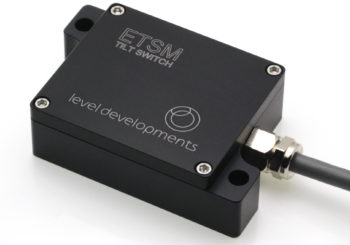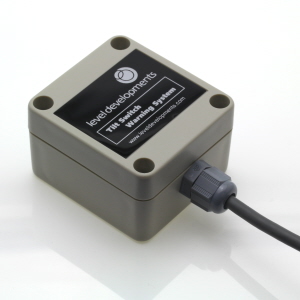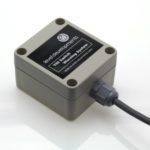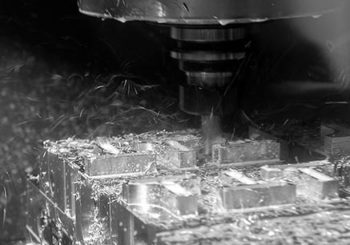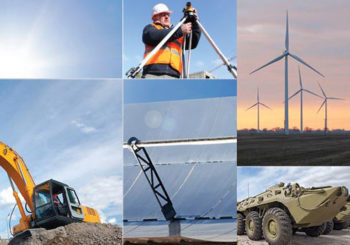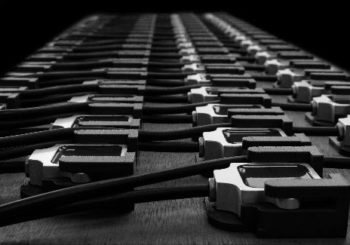What are Tilt Switches and Tilt Sensors?
Sensor Tilt Switches
A tilt sensor, or tilt switch, is a device used for measuring the tilt of an object in multiple axes with reference to an absolute level plane. They are small and compact instruments which make them a viable option for many applications where orientation or inclination detection is a key factor, such as warning systems on construction or agricultural vehicles. Alongside our vast range of inclinometers and inclinometer sensors, our tilt-switches at Level Developments also use highly accurate sensors to operate, gaining an advantage over alternatives such as mercury switches or rolling ball mechanisms.
Tilt sensors work by detecting changes in angle from a pre-set “zero” state. They are set with a maximum and minimum threshold in which the application will work or be safe to operate based on the specific application’s needs. If the tilt or inclination exceeds these threshold values in either direction, a relay will be engaged and the switch closed, thus sending an operation to an external device such as an alarm or warning light to indicate unsafe or non-working conditions.
Key applications include:
- Bank angle warning system for ride-on lawn mowers
- Safety cut-out for cranes with hydraulic levelling
- Tilt warning system for platform and hoist levelling
- Rollover warning system for agricultural vehicles
- Safety cut-out for aerial work platforms
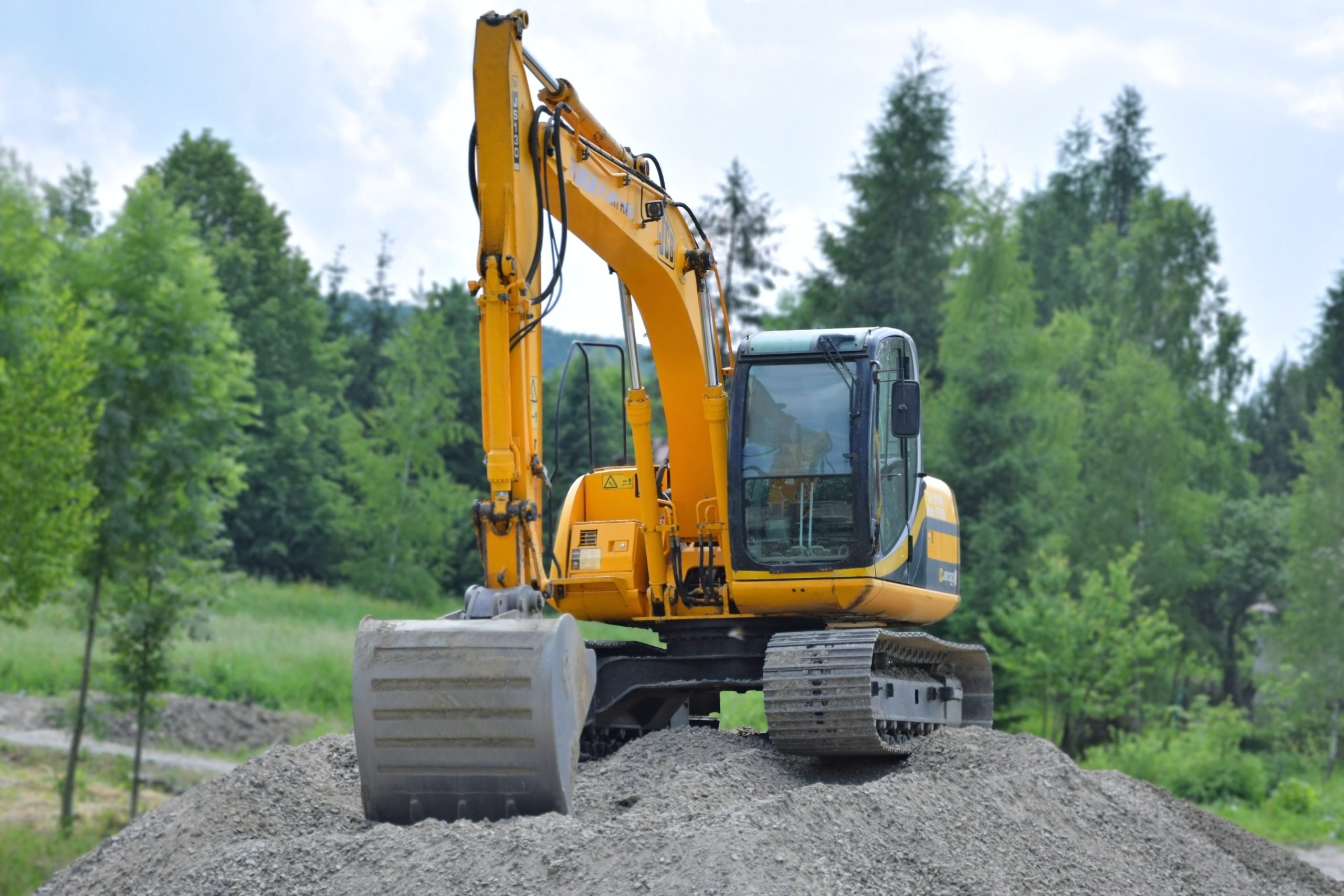
Due to this wide range of applications, there are several key specifications to consider when exploring tilt sensors to ensure that the appropriate device is used. These include:
Switching Range: This is the angle range in which the device operates, where exceeding the tilt threshold (trip angle) will cause the switch to operate. Our devices come with a range of tilt thresholds which can be manually adjusted on the PCB to get the desired trip angle for any application.
Switching Accuracy: The switching accuracy determines how close the angle measured by the device is to the true angle. Generally, as the switching range of a tilt sensor decreases, the accuracy increases.
Filter Frequency: As many tilt switch applications are used in high-vibration environments, both analogue and digital filtering can be used to filter out any noise and vibrations. The frequency determines how much noise is filtered out so that it does not interfere with the accuracy and precision of the reading. Our tilt switches contain filter options of 0.5Hz, 1Hz ad 2Hz.
Number of axes: Different applications will require measurements in different axes. Our products come in single, dual and omni-directional axis configurations. With the dual axis version, the tilt threshold can be adjusted individually for the X and Y axis, while the single axis version only monitors the X axis. With the omni-directional version, the measurement of both axes is combined to calculate the resultant tilt angle, and the switch will operate if the threshold angle is exceeded in any direction.
Cost and material are also two factors to consider when exploring tilt-switches. At Level Developments, our tilt switches come in either a tough ABS plastic or a robust anodised aluminium housing for more heavy-duty applications. Our differing material options and range of switching ranges ensure that we have a cost-effective solution for any application, as well as OEM solutions to meet specific customer needs.
Other Types of Tilt Switches
You may see many tilt switches today labelled as “non-mercury”. This is because tilt switches in the past, and some today, operate by opening and closing the switch using a small piece of mercury to close the circuit. Depending on the angle and direction of tilt, the bead of mercury comes into contact with an electrode on one end which would determine when it is at an angle exceeding the threshold.
Tilt ball switches are now more commonly used as an alternative to mercury ones, using a metallic ball to act as the mechanism which either opens or closes the circuit. Again, this is dependent on the angle and direction of tilt and therefore location of the ball. Ball switches are now much more common that mercury ones due to their safety and non-toxicity, but they have significant drawbacks such as a lack of noise filtering that means they cannot be used in high-vibration applications.
MEMS sensor switches have many benefits over these other types of tilt sensors. They are far more precise and reliable, as well as having an adjustable trip angle threshold. They also have the functionality to filter noise out for more heavy-duty applications. Furthermore, with no movable parts, our tilt switches require less servicing and have a longer-life span. MEMS technology is also commonly used in our inclinometers and inclinometer sensors to utilise the same benefits.
Visit our Tilt Switches product page to find the perfect device for your application, or contact us for an OEM solution. Our products are manufactured in our UK factory to ensure high-quality.



